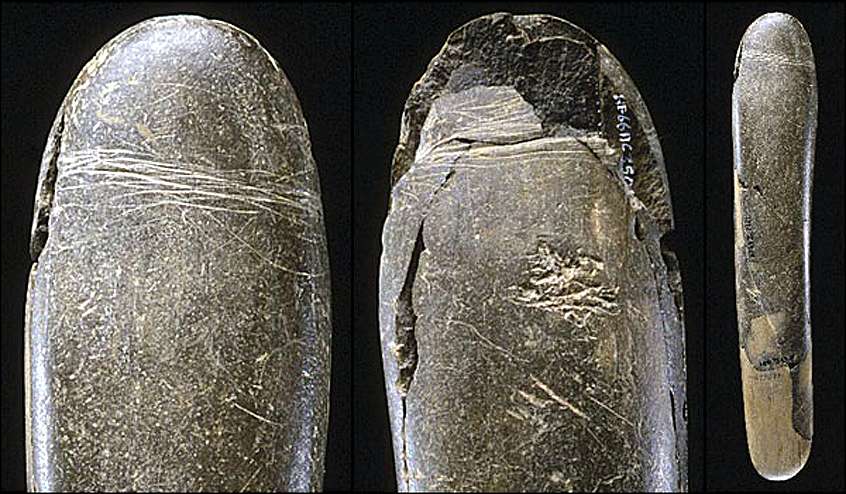
This 28,000-Year-Old Ancient Phallus Unearthed in a Cave in Germany Had More Uses Than One
Researchers claim that a sculpted and refined male phallus discovered in a German cave stands as one of the earliest depictions of male sexuality ever found.
The Hohle Fels phallus is a remarkable artifact that was discovered in a cave in Germany in 2005. It is a piece of stone carved to look like a penis that is about 28,000 years old, making it one of the earliest representations of male sexuality ever uncovered.
The phallus was found in the Hohle Fels Cave near Ulm in the Swabian Jura, a region that has yielded many important archaeological finds dating from the Upper Paleolithic period. The cave is part of the UNESCO World Heritage Site Caves and Ice Age Art in the Swabian Jura, which showcases some of the oldest examples of prehistoric art and musical instruments ever discovered.
Advertisements
31 August 2023
Advertisements



